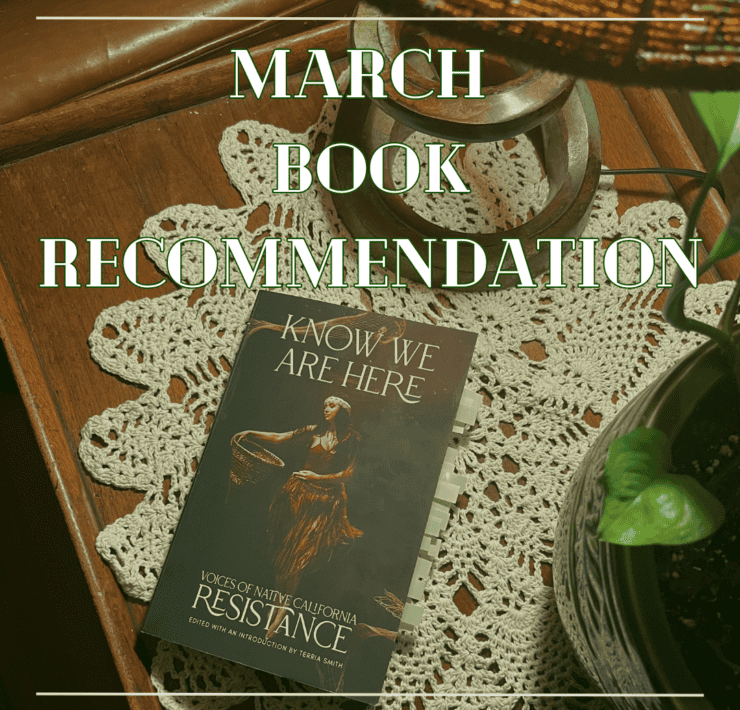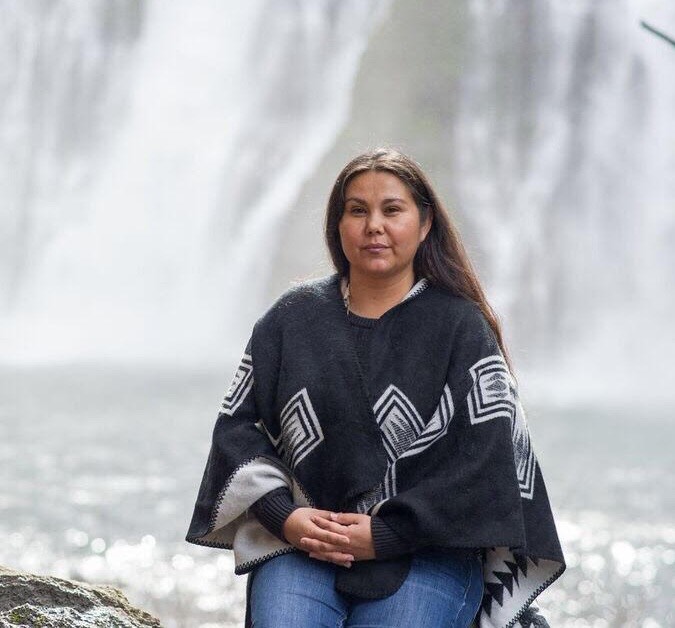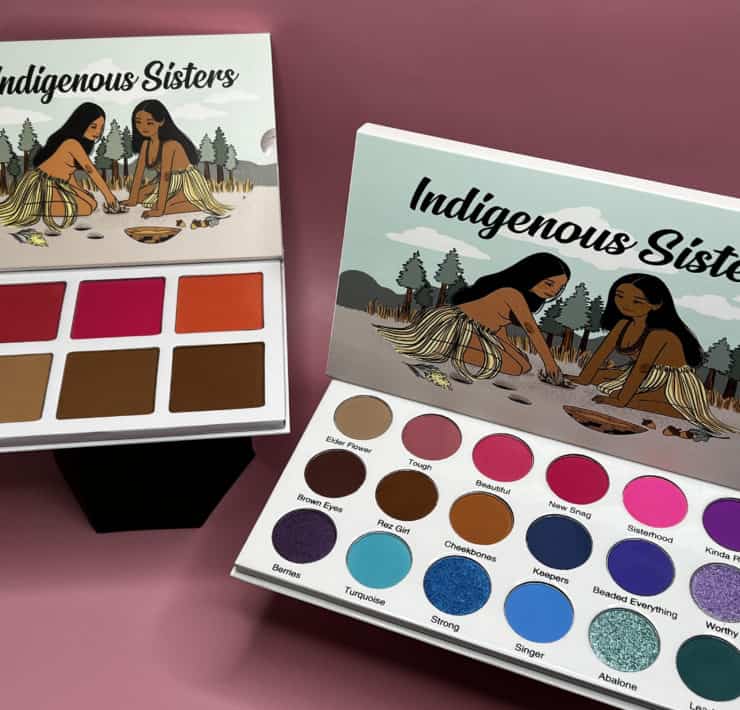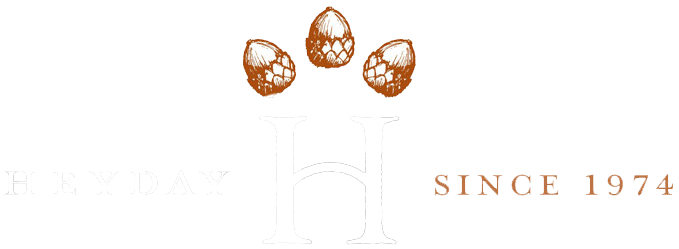
By Tavi Lorelle Carpenter
Sowing Seeds is a new docu-series on YouTube produced and hosted by Aerin Monroe (Environmental studies scholar at Cal Poly Humboldt) in partnership with Save California Salmon. Filmed and edited by Valentina Dimas, each episode offers insight into different aspects of environmental justice by centering Black and Indigenous scientists, educators, and activists all working to bring about positive change within Humboldt County. This series works to bring about awareness of climate issues and provide guidance on how we can all work together to ensure healthy ecosystems and equitable justice for communities most severely impacted by climate change and environmental injustices.
Aerin, a horticulturist, farmer, and co-founder of Pathways and Purpose*, alongside his wife, Dr. Susanne Sarley, conceived of the Sowing Seeds Series as a means of wanting to center and highlight Black and Indigenous people working within environmentalism whose voices are frequently left out.
“I think there’s also often a disconnect between how people of color are affected by climate change, but also [those] in the sciences or academia or activism. A lot of times, they feel like their voices aren’t necessarily heard within the conversation of solutions to combat warming and all the other hazards we face as a society.”
There are several takeaways that Aerin hopes viewers walk away with after watching the series. But one that seemed deeply important to point out is the importance of solidarity between Black and Indigenous communities, a history that is not talked about and frequently overlooked.
“People talk about reparations as an African American issue [and] people talk about land back as a Native American issue. But if you look at our communities, so much of the inequities that we experience as a people are interlinked. Culturally, we’re different, but we have so many similarities, and we have had to overcome a similar oppressor, oftentimes, the same oppressor. So I definitely want people to take away the importance of that unity [between Black and Indigenous communities].”
The four episodes take place across the Arcata Bay area in Humboldt County, California. Aside from this being where Aerin is based, he commented that Humboldt serves as an interesting “incubator” given the work currently being accomplished and the challenges that work faces.
“[There is] very important work that’s being done here [in Humboldt County] to combat some very scary realities that, as a county, we’ve had to face. A lot of people are aware of the Klamath Dam removal, [and] a lot of people are aware of the salmon and fish kill several years ago. But there is so much that’s happening in this county that people need to pay attention to specifically as it connects to people of color’s voices of how we can fix these issues with different gems of wisdom that they’ve been using for tens of thousands of years.
[Humboldt can be considered] an incubator for how those forces combine. Unlike places in major cities, we also have [a significant] population that are not interested in that connectivity. They’re not interested in Black lives. They’re not interested in Native lives. When we had a press release [shared with a] local media source, [there was] a slew of [online] hate speech. That is a fact of [how some people are] up here that people like me, or people like Lonyx Landry, or people like Brook Thompson, [both of whom are featured in the docu-series] are combatting that kind of ideology [of] white settler colonialis[sm] that people want to keep. And it’s very strong here, despite the progressiveness that does exist. In a sense, you could say we’re one of those counties that’s on the front line of combating that type [of] hatred and those types of ideologies. So, it’s a really good example of how, as Californians, we can kind of work together.”
This series offers an example of what working together might look like. As Aerin explained during our conversation, the environmental movement needs to be more collaborative in its efforts.
“Within environmentalism, there’s a push to [approach it in a] paternalistic type of way. So there’s this type of White savorism connected to saving the planet. That [is the] same kind of methodology that applies to saving people of color. God Forbid we have our own solutions to problems. That’s the basis for traditional ecological knowledge and the basis for agricultural practices that Africans brought here-hundred of years ago. [This kind of] overlooking to paraphrase Douglas Smith in episode three, it’s kind of [like] you’re putting blinders on. And not seeing the others’ potential. We need any potential answers to all these problems because there is a modicum of problems. It takes all eyes on the issues, not just a certain set from a certain experience. And you have to look at the data; people of color are in the worst, just terrible situations geographically and purposefully.”
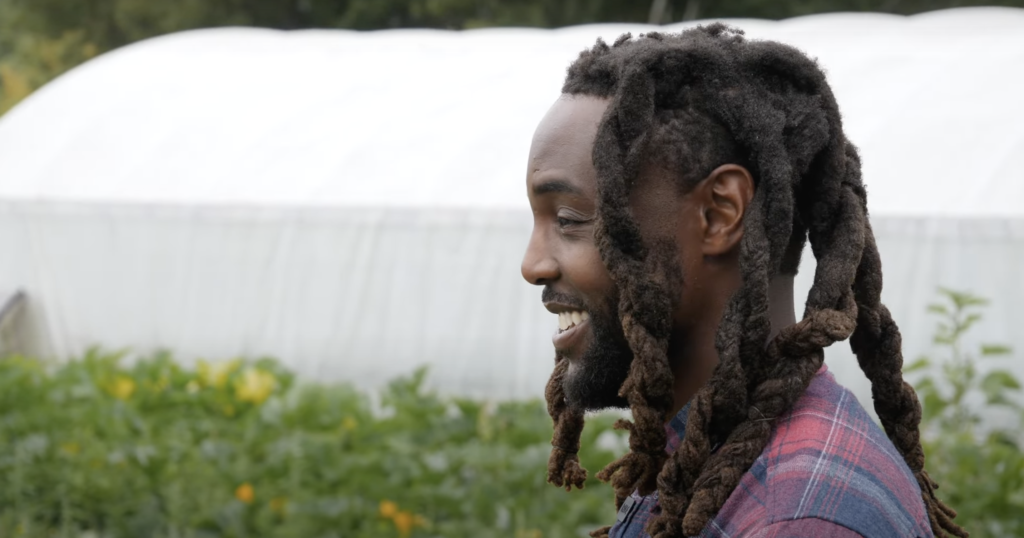
This gets to the crux of what Sowing Seeds is accomplishing: offering a platform that is accessible to a broad audience to gain insight and wisdom from voices that are often ignored in the larger discourse. These voices are necessary because of the unique wisdom their lived experiences, traditions, cultural values, and traditional knowledge offer.
“There are so many important Native people and Black people that haven’t been listened to. And Latinx people and generally underserved people [that haven’t been listened to]. They have so many stories and so many amazing things to share. I believe in the power of storytelling. I’m very curious and interested in what people will be willing to share throughout California.
The reason for the documentary was so that people could see [that] folks of color have a lot to say. And it’s not a slew of people that are just complaining about the issues. There are people that have solutions through ancient wisdom, through their research, through communicating with people in their communities.”
In the end, Aerin explained it best by stating the indisputable truth: “You can’t really address a different group’s problems without talking to them. You have to communicate with the group of people that is being oppressed in order to find a solution”. Sowing Seeds is an integral part of envisioning what finding solutions and working together looks like, which is necessary to move forward in a good way.
“The more we can work together on different concepts, different ideas, I think that starts to build a momentum that we don’t have right now in California. But if any state would begin to have that momentum, it would be [California]. Part of that [begins with] having the conversations and communing together. We need to just be together. Part[of] the problem is that it’s 2024, and segregation is still alive. We all practice it in our different ways, but I don’t think that’s the future of California. I think we’re moving towards something.”
If you are interested in viewing this incredible series, you can watch each episode by visiting Save The Salmon’s YouTube channel: https://www.youtube.com/@SaveCaliforniaSalmon
*Pathways of Purpose is an organization dedicated to empowering underserved youth and communities with “asset-based, STEAM educational and vocational programs.”
For more information about Save California Salmon visit: https://www.californiasalmon.org/
—
Episode One: Christa Rose Unger
During the first episode, we journey with Aerin to the Ma’lel Dunes in Humboldt County on the ancestral lands of the Wiyot people, meeting with Christa Rose Unger. Christa is an environmental scientist for CalTrans, a forager, a co-founder of Blessed Earth Herbals, and an herbalist. With Christa, she shares how, as an environmental scientist and ethical forager, she has understood just how harmonious nature is. In her words: “Every single organism seems to take what they need but not more than that.” She discusses how nature understands the critical balance of taking space and creating space, highlighting just how intrinsically we are all interconnected to nature, making it a powerful healing tool, particularly in changing the narrative from survival into survivance.
Episode Two: Lonyx Landry
The second episode introduces us to Lonyx Landry, an environmental scientist STEM advisor at Cal Poly Humboldt in the Sequoia Community Park in Eureka, the ancestral lands of the Wiyot people. As an advocate and educator of Traditional Ecological Knowledge, Lonyx outlines the importance of understanding our cultural histories and utilizing longstanding wisdom to solve complex problems. He also discusses the importance of solidarity, working together, and “meeting people where they are at.”
Episode Three: Douglas Smith
In the third episode, we journey to Bayside Park Farm in Arcata, California, ancestral lands of the Wiyot people, where Aerin meets with master gardener and coordinator with Umoja Center for Pan African Student Excellence at Cal Poly Humboldt. This episode examines the long legacy of Black and Indigenous solidarity. Douglas touches on why decentering whiteness in environmental justice is necessary. Furthermore, he touches on the complexities that structural inequities create to divide underserved and oppressed communities. Douglas asks us to reflect on the conversations we need to have with each other and ourselves for true colonization to occur.
Episode Four: Brook Thompson
In the fourth installment, we follow Aerin as he meets with Brook Thompson (Yurok & Karuk), civil engineering scholar, artist, and activist at the estuary of the Baduwa’t, later named Mad River on the ancestral homelands of the Wiyot people. Brook reflects on the connection between anti-blackness and anti-indigenousness, which are interconnected, often mirroring each other in how they form structural oppression. She comments “Ratifying anti-blackness is also getting to the heart of decolonizing and understanding what it means to decolonize as a native person. There is no true Native decolonization until there’s also the removal of anti-blackness.”

